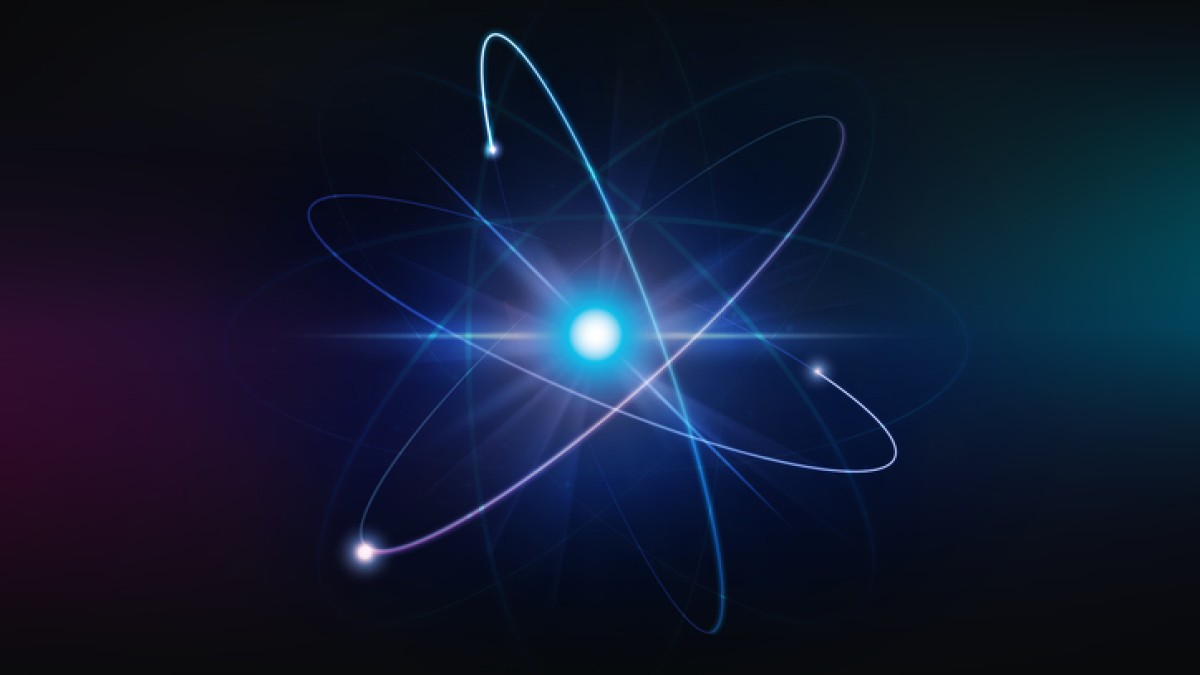Breakthrough study challenges long-held beliefs about the shape of atomic nuclei
An international research collaboration led by the University of Surrey’s Nuclear Physics Group has overturned the long-standing belief that the atomic nucleus of lead-208 (²⁰⁸Pb) is perfectly spherical. The discovery challenges fundamental assumptions about nuclear structure and has far-reaching implications for our understanding of how the heaviest elements are formed in the universe.

Lead-208 is exceptionally stable due to being a "doubly magic" nucleus – and is the heaviest that we know of. However, a new study published in Physical Review Letters used a high-precision experimental probe to examine its shape and found that rather than being perfectly spherical, the nucleus of lead-208 is slightly elongated, resembling a rugby ball (prolate spheroid).
Using the state-of-the-art GRETINA gamma-ray spectrometer at Argonne National Laboratory in Illinois, USA, scientists bombarded lead atoms with high-speed particle beams accelerated to 10% of the speed of light – equivalent to circling the Earth every second. The interactions created unique gamma-ray fingerprints of the properties of excited quantum states in lead-208 nuclei – in other words, the nuclei were energised – which, in turn, were used to determine its shape.
Theoretical physicists, including those at the Surrey Nuclear Theory Group, are now re-examining the models used to describe atomic nuclei, as the experiments suggest that nuclear structure is far more complex than previously thought.
The study, which brought together a team of experts from leading nuclear physics research centres across Europe and North America, challenges fundamental principles of nuclear physics and opens new avenues for research into nuclear stability, astrophysics and quantum mechanics.
###
Notes to editors
- Dr Jack Henderson is available for interview; please contact mediarelations@surrey.ac.uk
- The full paper is available at https://journals.aps.org/prl/abstract/10.1103/PhysRevLett.134.062502
Featured Academics
Media Contacts
External Communications and PR team
Phone: +44 (0)1483 684380 / 688914 / 684378
Email: mediarelations@surrey.ac.uk
Out of hours: +44 (0)7773 479911

